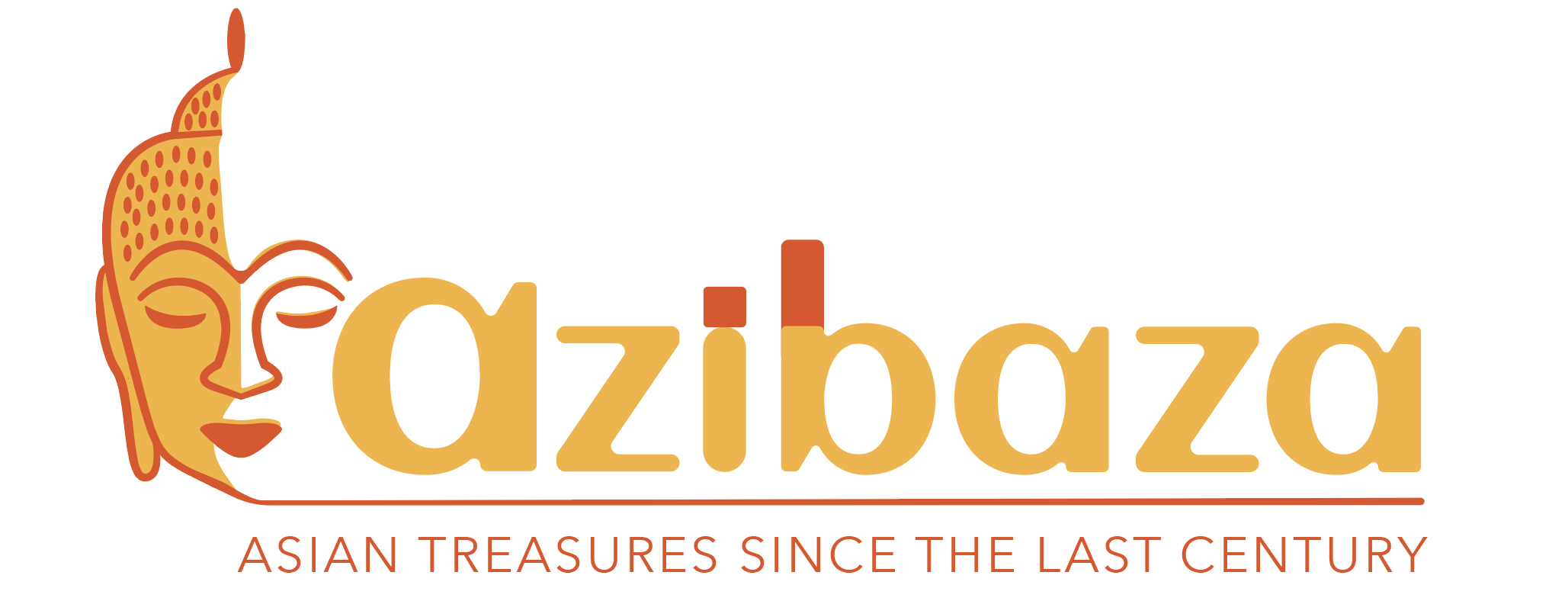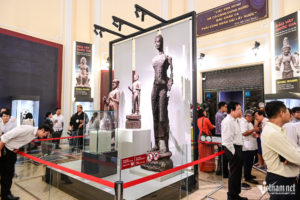As 2024 comes to a close, it is time for the Fine Art & Antiques auction at Stockholms Auktionsverk. The Department for Asian Arts and Crafts shines exceptionally bright throughout the auction, and you can enjoy a couple of listed items that carry not only royal but imperial provenance. Among them is a basin that was previously included in the von Habsburg family collection and later passed on by inheritance to Archduke Otto von Habsburg (1912-2011) and then to his daughter Countess Walburga von Habsburg Douglas (b. 1958). Even though its appearance might fool your eye, the basin is not made of porcelain but is carefully painted enamel and made after a Portuguese silver shape, brightly decorated with dense floral designs and foliate scrollwork. The center of the interior is painted with The Crowned Double-Headed Eagle, a symbol of the Habsburg dynasty.
“This basin was made during the 18th century and has been in the von Habsburg family’s care ever since. It is indeed a very rare object, not only because of its provenance but this beautiful and highly visual connection to one of the most powerful and influential families in Europe during this time in history”, says Elisabet Fellbom, specialist in Asian arts and crafts at Stockholms Auktionsverk.
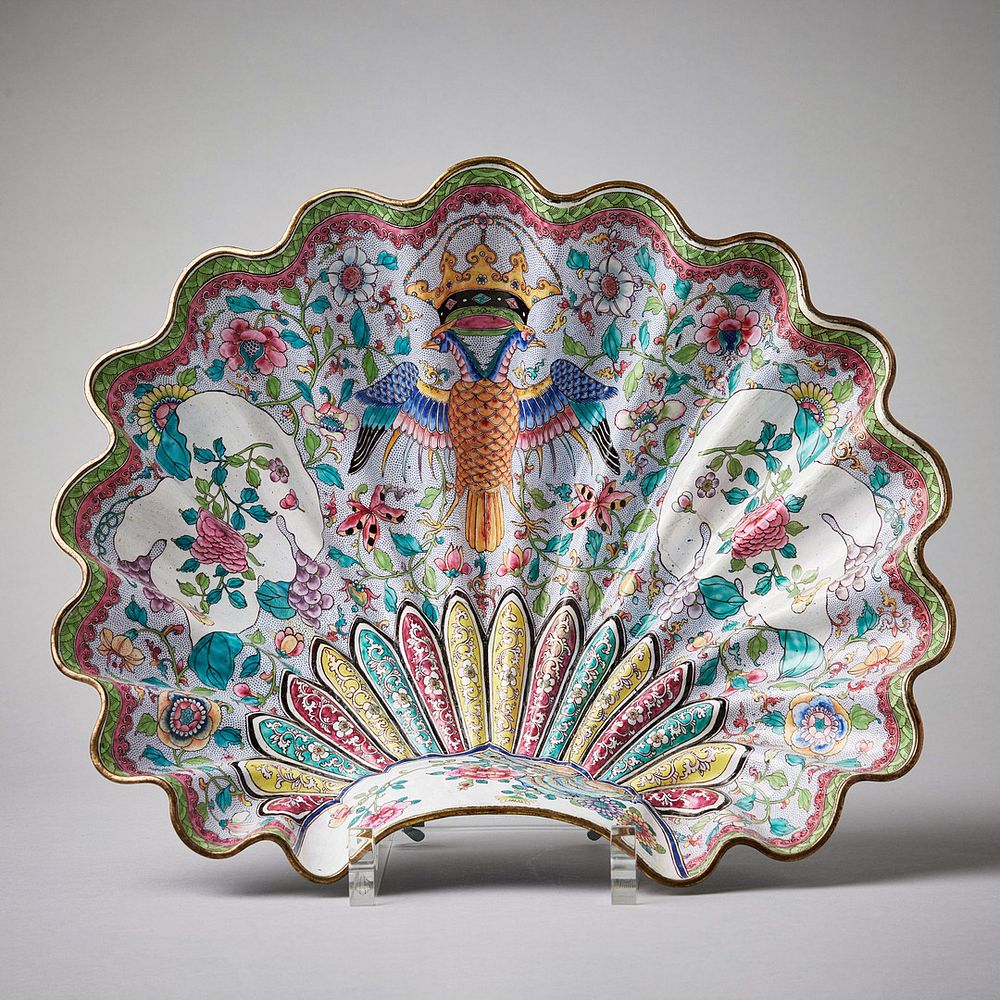
Another highlight with imperial importance is found in lot 537, an Imperial Thangka of Amitayus, dated 1803, that belonged to the Jiaqing Emperor. Where the figure of Amitayus is seated in dhyanasana atop a lotus throne. His hands held in dhyana mudra, supporting the kalasha, wearing a dhoti and jewels draped across the bare chest. The thangka is mounted with four layers of gold brocade in dark blue, yellow, light blue, and red. The back lined with Imperial yellow silk and at the top is a calligraphic inscription in Chinese, Manchu, Mongolian and Tibetan.
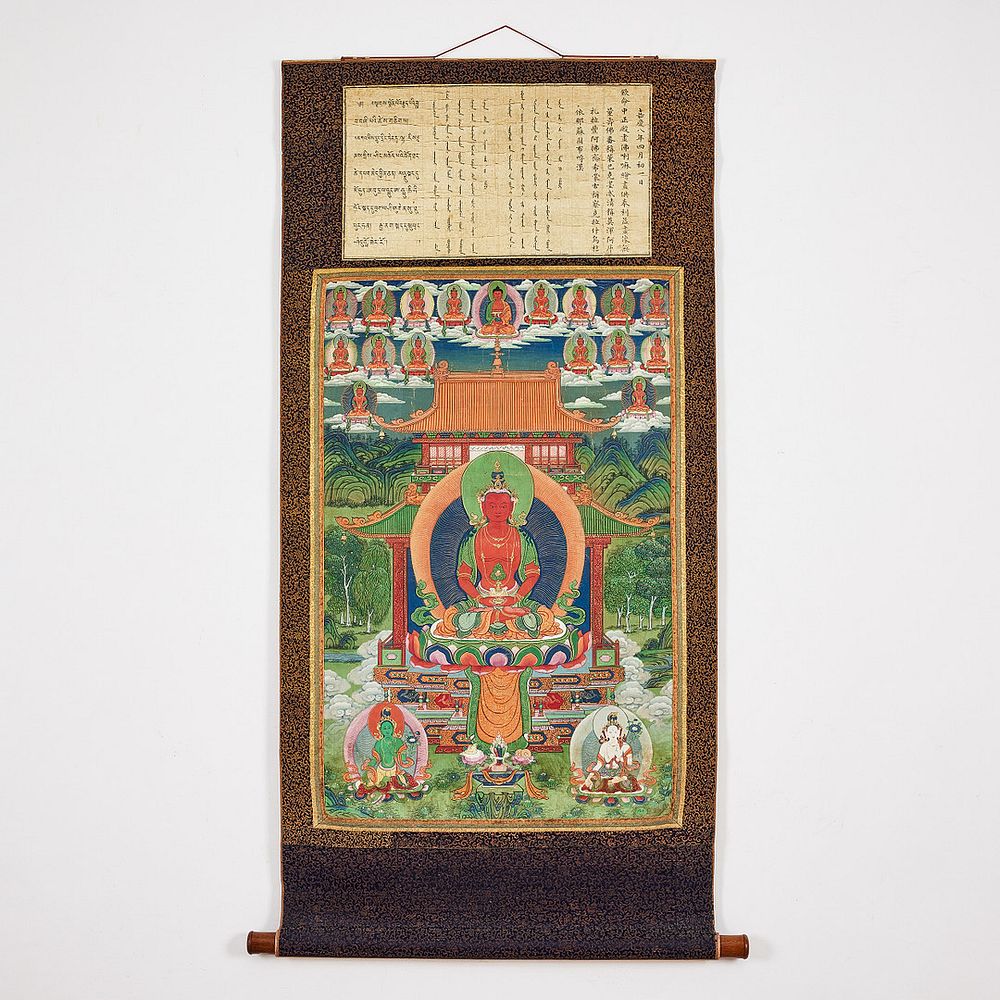
An even older thangka stems from Nepal and is dated all the way back to 1689, with writing in the Newar language. It is dramatic, vividly detailed, and filled with symbolism to warn off evil spirits. The eight-armed deity is holding a sword, shield, drum, skull cup, trident, ritual staff, and a concha shell. The expressive thangka was previously owned by Siegfried Lienhard (1924-2011), a Professor of Indology at Stockholm University and a scholar of Sanskrit and the Newar language.
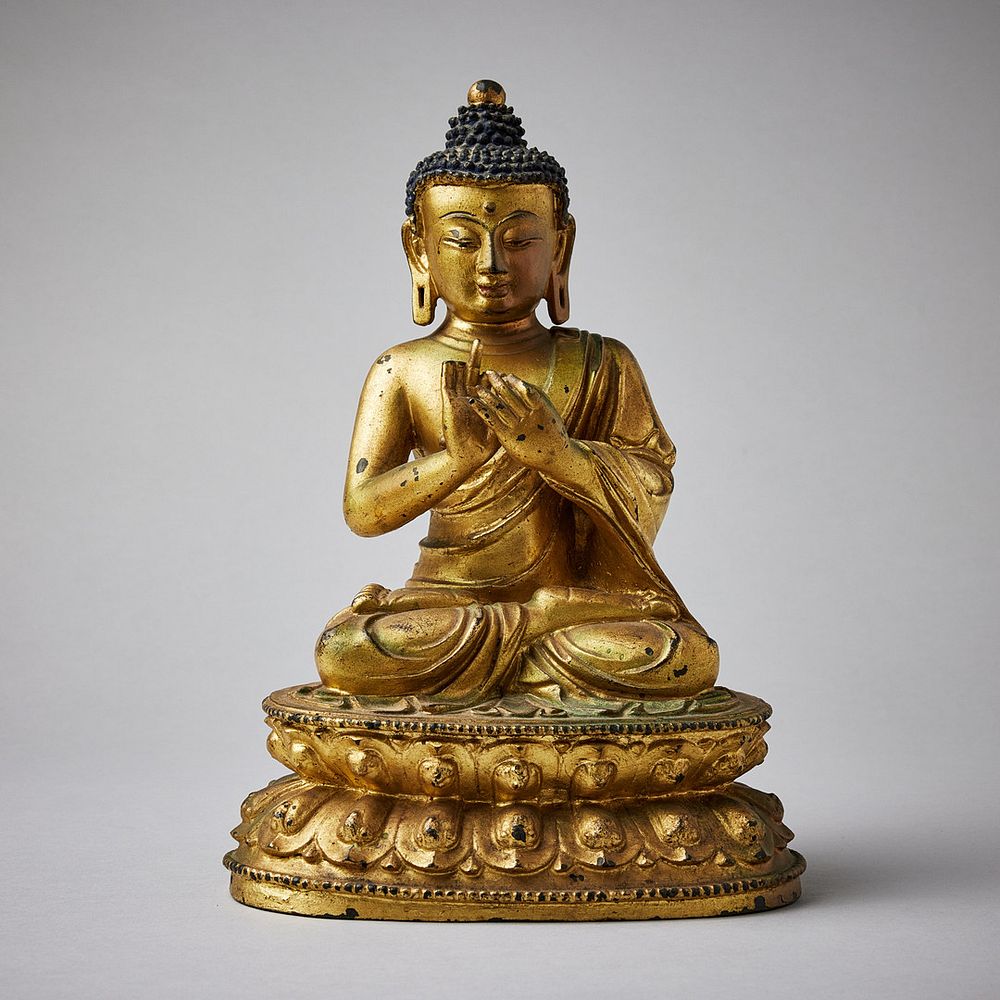
At the head of the department is a cold gold-paste bronze figure of Buddha Dipankara from the Ming dynasty. It was once brought to Stockholm by Nils Nessim, who had a special interest in bronzes, especially from the Ming Dynasty. He frequently traveled to China, and in 1959, Nils Nessim got permission from the Chinese authorities to import antiquities to Sweden. One of the treasures he brought with him was Buddha Dipankara. Seated in dhyanasana on a double-lotus base, dressed in heavy robes, his tightly coiled hair with traces of blue color, and his face accentuated by red and black pigments at the lips, eyes, and eyebrows.
This year’s final Fine Art & Antiques auction will be held on December 10–11th at Nybrogatan 32 in Stockholm. The auction is also open for online bidding, please feel free to browse all of the Asian art items here.
